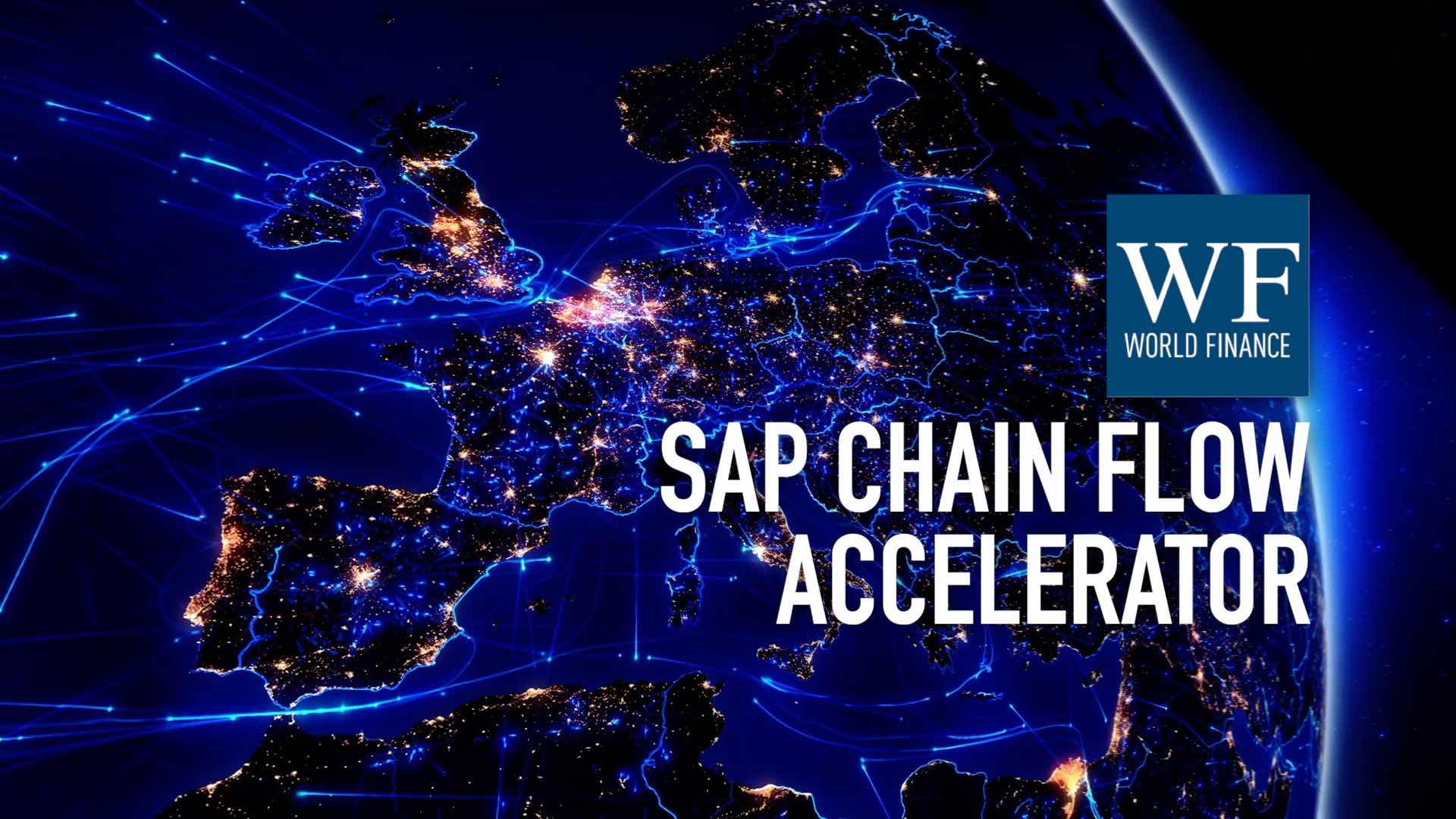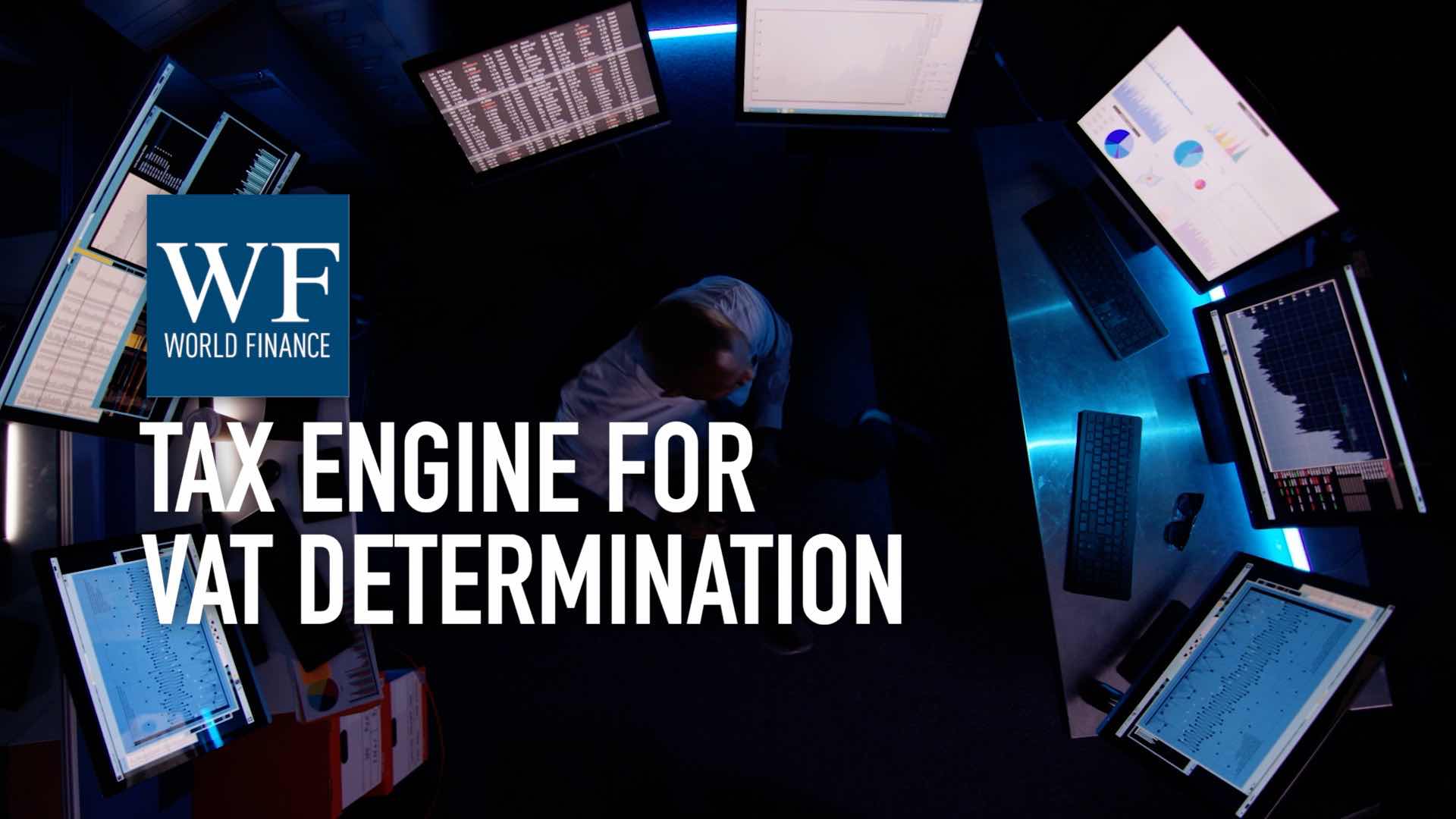EU VAT changes for eCommerce businesses | Vertex Exchange Europe 2019
Aleksandra Bal summarises the key changes that become effective in January 2021
Related:
Transcript
Tax technology specialists Vertex brought together tax professionals, solution experts, and its customers in Munich for its Vertex Exchange Europe event. World Finance interviewed half a dozen delegates for an update on Europe’s latest tax compliant challenges and technological advancements: you can watch them all in our Tax Automation with Vertex playlist on Youtube.
Aleksandra Bal: The European VAT system is changing all the time. And one of the major reforms of the last years is the VAT e-commerce package. The objective is to modernise the European VAT system, to make it fit for the modern economy, and of course to lower the associated compliance burden for online traders.
The VAT e-commerce package will affect sellers – both resident and non-resident – that provide electronic services and goods to European private individuals.
Some provisions of the e-commerce VAT package took effect in January of this year, but the main part will become effective in January 2021.
The first main thing that will change is that the distance selling regime will disappear. Currently, when European businesses sell goods to consumers in other member states, they have to register there if they exceed certain thresholds. This means you may end up having 27 registrations and filing complications in 27 member states. And that of course increases the cost of compliance.
Under the new rules, life will be simpler. You will no longer need to have 27 registrations. You will be able to register in one member state, and do all your filings there. And, if your revenue is below a certain threshold – if it doesn’t exceed €10,000 – you may even use your home country rules to calculate VAT.
Another important provision of the VAT e-commerce package is about online platforms. Online platforms will be involved in VAT collection on the sales they facilitate.
Currently, when you as a seller supply goods via an online platform, there’s only one transaction: seller to customer, and the platform acts as an intermediary, facilitating the transaction.
Under the new rules, there will be two transactions. The seller will sell to the platform, and the platform will resell to the consumer. And this of course means there will be more compliance burden for online platforms, but life will be simpler for online sellers.
So, just like with any reform, we will have both winners and losers.
Thanks for watching. Click now for more videos from Vertex Exchange Europe 2019, and please subscribe for the latest international business insights from worldfinance.com

 Vertex tax technology: Introducing SAP chain flow accelerator
Vertex tax technology: Introducing SAP chain flow accelerator Vertex tax technology: Why add a tax engine for VAT determination
Vertex tax technology: Why add a tax engine for VAT determination
